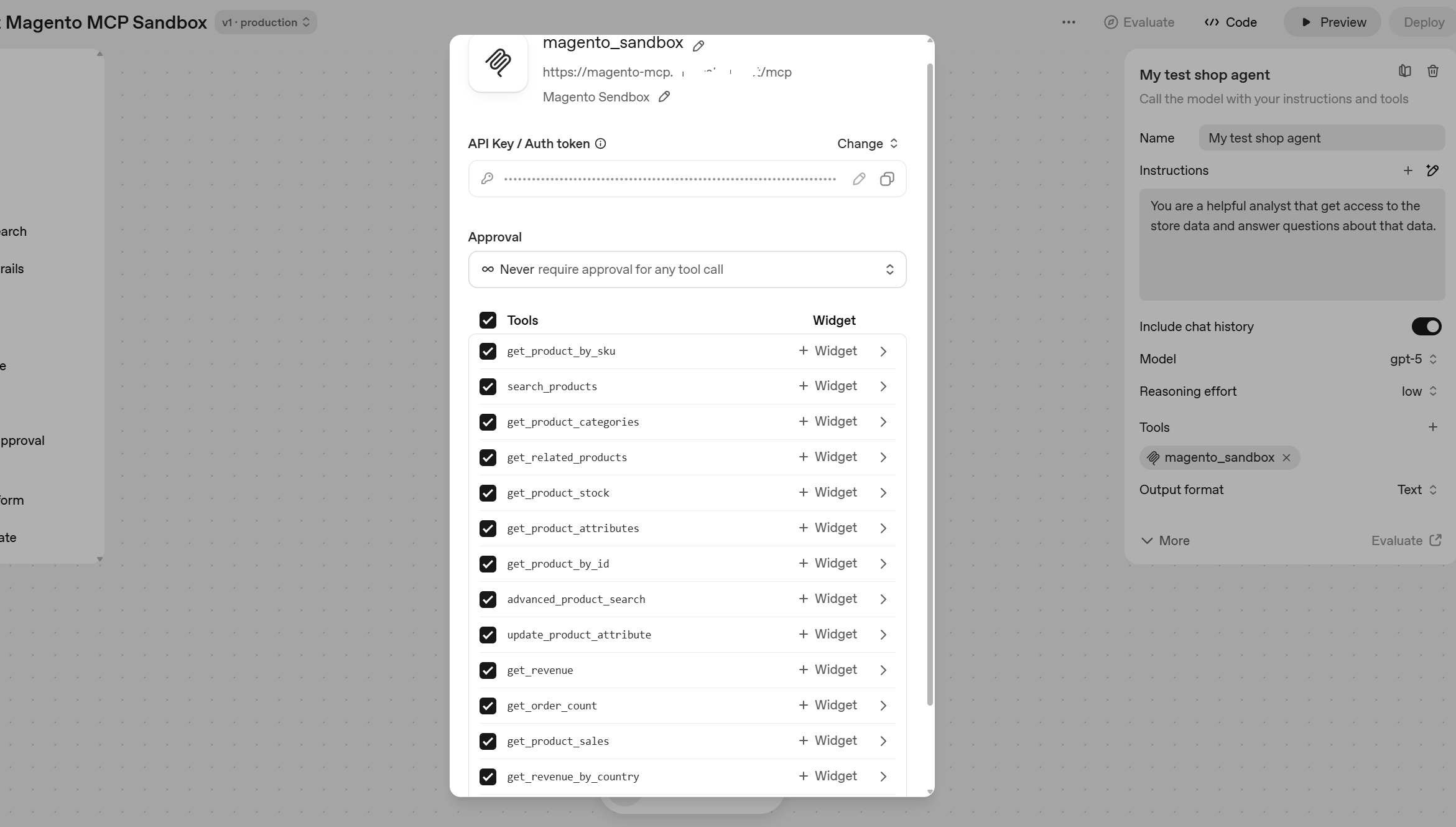
Are you aware of Pareto principle also known as 80-20 rule? For marketing it says that that 80% of a business comes from 20% of its customers. The practical implication from that is that focusing on that 20% most valuable customers is a great way to dramatically improve top and bottom lines of your business.
Definition of Segmentation
Market Segmentation (or just Segmentation) is a marketing term referring to the aggregating of prospective buyers into groups (segments) that have common needs and will respond similarly to a marketing action.
Segmentation criteria
- Homogeneity (common needs within segment)
- Distinction (unique from other groups)
- Reaction (similar response to market)
The idea behind the segmentation is that different groups of your customers have different own agenda – may buy your product for slightly or completely different reasons, have different characteristics and respond better to different messages.
Types of segmentation
- Geographical location
- Demographic
- Psychographic (lifestyle)
- Behavioural
Digital segmentation

In digital, ecommerce you can be much more precise with your segmentation than in traditional marketing.
Examples:
- people who spent 10 minutes on product description page in motobikes category
- people who abandoned shopping cart, but returned to your online store
Ultimate case of segmentation, that can be realistically achieved at scale only using digital tools, is personalisation, when each customer and prospect is a segment receiving personalized message. That is where many marketers believe the industry is moving.
Segmentation in Magento eCommerce
Magento Enterprise Edition provides segmentation tool out of the box.
The system is pretty flexible and can define segments based on number of attributes:
Customer specific
- Customer address. For example customers from Victoria or from specific postcode.
- Other customer attributes such as email, Customer Group, newsletter subscription status, etc.
- Past orders based (e.g. people who bought 2 times in the last 6 month, products ordered)
Important to note that things above will work for logged in customers.
Session specific
- Shopping cart content (like number of items in the cart, value, products in the cart)
- Wish list content
- Products viewed
N.B. You need to set the “Use for Customer Segment Conditions” property for an attribute to be used in segmentation to “Yes.”
The rules for segmentation in Magento can be combined, for example you may create a segment for Victorian customers who have shopping cart of $200 or more.
The segments in Magento Enterprise are dynamic, so updates on the fly once a customer makes an action to fit in certain segment, she’ll be added there.
A single customer can be added to multiple segments, it is different from Customer Group in Magento, where a customer can be member of only one Group.
Targeting
OK, you built your segment, what is the next?
Once you did your segmentation the next step is to identify the most promising segments of customers, find what may drive them to make a purchase from you and craft your messages to each segment you decided to target with individual communication.
Targeting in Magento
There are number of ways in Magento Enterprise to target customer segments you created:
- With pricing rules. To do that you add a condition that customer should belong to a certain segment when create a pricing rule. For example customer get 2 for 1 discount if they belong to VIP segment (purchased over $500 in past six months)
- With banners. You can create banner that will be displayed only to certain customer segments and also associate it with shopping cart pricing rule
- In product relationship to up-sell and cross-sell
You can also use segments with your marketing tools outside Magento, either exporting customers who are belong for certain segment for for example eDM campaign or if your other tool is integrated with Magento and can get segmentation information ‘on-fly’.
Segmentation and targeting in Magento Community
What about Magento Community, is it possible to use segmentation and targeting there?
While these features are not included in Community Edition out of the box, there are number of third party extensions that provide similar functionality, for example from Amasty and Aheadworks
References
- Customer segmentation in Magento Enterprise User Guide
- Segmentation in Conversion Optimisation





